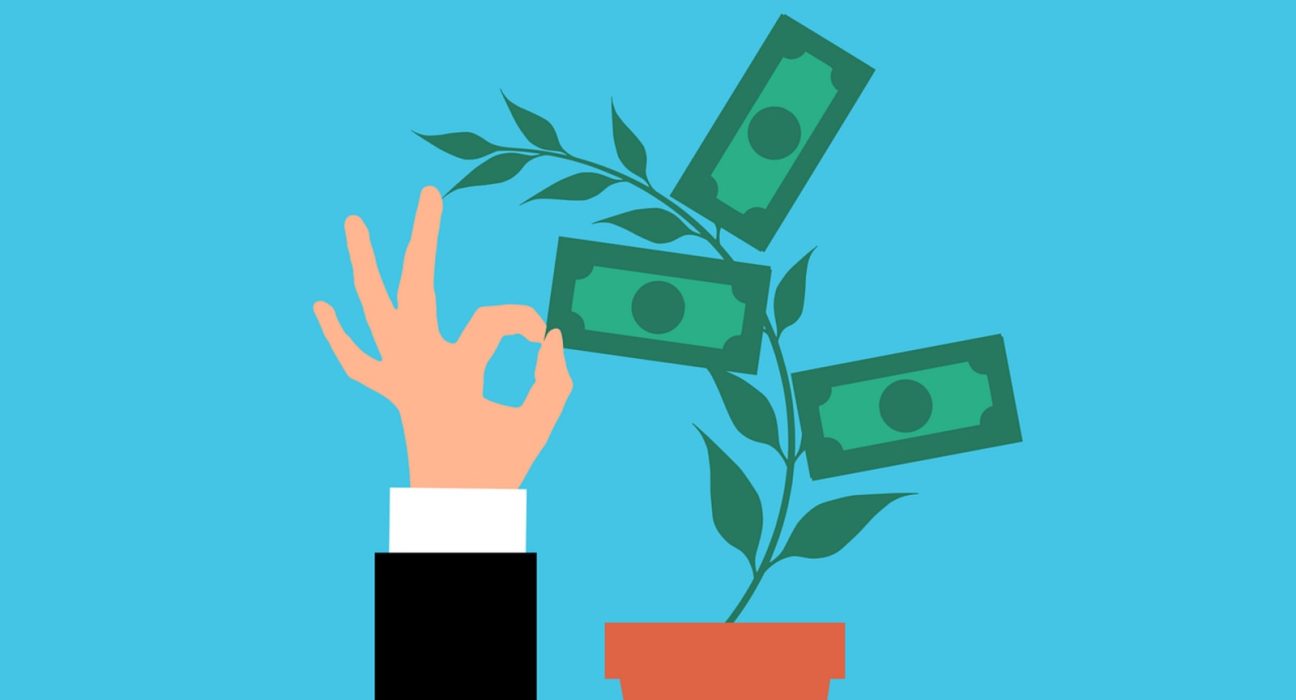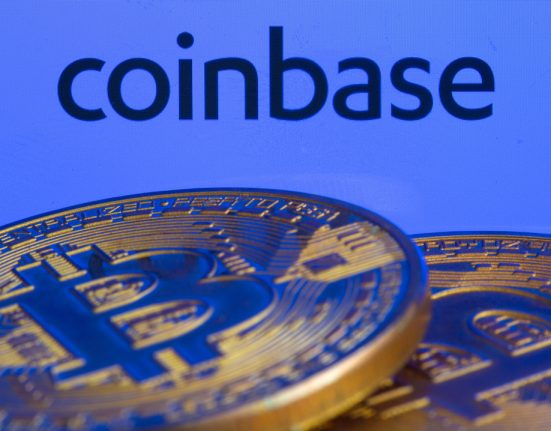Companies are starting to report their first set of earnings for 2024, and they matter more than usual for stocks because the other main support for elevated markets—hope for rate cuts—is being chopped away.
Companies are starting to report their first set of earnings for 2024, and they matter more than usual for stocks because the other main support for elevated markets—hope for rate cuts—is being chopped away.
The trouble is that Wall Street expects a lot of profit this year, next year and, in early forecasts, 2026. The future is bright, investors and analysts think, even though it’s extremely rare for reality to come in better than originally hoped. On a quarterly basis, of course, companies tend to talk down earnings as the season approaches, as they have done again in recent months, so they can report a “beat.” Earnings “surprises” should be no surprise, but quarterly earnings still tend to come in weaker than originally predicted.
Premium benefits
35+ Premium articles every day
Specially curated Newsletters every day
Access to 15+ Print edition articles every day
Subscriber only webinar by specialist journalists
E Paper, Archives, select The Wall Street Journal & The Economist articles
Access to Subscriber only specials : Infographics I Podcasts
Unlock 35+ well researched
premium articles every day
Access to global insights with
100+ exclusive articles from
international publications
Get complimentary access to
3+ investment based apps
TRENDLYNE
Get One Month GuruQ plan at Rs 1
FINOLOGY
Free finology subscription for 1 month.
SMALLCASE
20% off on all smallcases
5+ subscriber only newsletters
specially curated by the experts
Free access to e-paper and
WhatsApp updates
The trouble is that Wall Street expects a lot of profit this year, next year and, in early forecasts, 2026. The future is bright, investors and analysts think, even though it’s extremely rare for reality to come in better than originally hoped. On a quarterly basis, of course, companies tend to talk down earnings as the season approaches, as they have done again in recent months, so they can report a “beat.” Earnings “surprises” should be no surprise, but quarterly earnings still tend to come in weaker than originally predicted.
A lot rests on companies predicting that earnings will be even better in future quarters, because the market as a whole is priced for unusually fast growth. The S&P 500 trades at a multiple of 21 times predicted earnings 12 months ahead, a level exceeded only during the dot-com bubble and the pandemic rebound.
The good news is that a stronger-than-expected economy should be good for profits. The bad news is that a stronger-than-expected economy means fewer rate cuts this year, and perhaps none, which hurts the valuation of future profits.
This showed up on Wednesday, when inflation again came in ahead of predictions, bond yields jumped and stocks fell sharply. Futures markets are now priced for a 12.5% chance of no rate cut this year, by far the highest yet, according to the CME FedWatch Tool.
Wednesday aside, investors overall are still betting that higher profits will more than offset the hit from rates’ being above where they previously thought.
There’s reason for doubt as well as reason for hope, again coming from profits and the Federal Reserve.
The reason for doubt is that history hasn’t been kind to Wall Street forecasters. S&P earnings came in below the first-figure forecast every year since the 2008-09 financial crisis, bar one: 2018. Even that year was better only because the initial expectations were depressed; the first forecasts were made close to the lows of the China and oil busts in early 2016.
Worse, expectations are particularly elevated. This year’s S&P operating earnings (the standard way investors look at forecasts) are predicted to be 10% higher than last year, with next year up an additional 14% and the following year 11%.
Only twice since the 1980s have companies managed double-digit earnings growth for three years in a row when they aren’t recovering from a recession. Those occurred in the Goldilocks years of the mid-1990s and the mid-2000s. It’s no surprise that investors are again talking of a Goldilocks recovery, with the economy not too hot, not too cold and without bears.
The problem is that expectations are lofty when profit margins are already high, which makes it hard to raise them still further. Companies are already extracting the highest share of the value they add to the economy—technically, profit per unit of real gross value added—since World War II.
Profit margins, measured using economywide profit after adjusting for changes to the value of inventory and use of capital, are at 14%. That is about equal to post-World War II peaks, aside from the pandemic spike.
Extracting even more profit isn’t impossible; margins aren’t set by a law of nature. But as unions are reinvigorated, the government is strapped for cash and politicians are less friendly to big companies, it isn’t a slam dunk.
The reason for hope is that better-behaved inflation means the Fed is once again able to cut rates if the economy starts to go south.
It isn’t that inflation is back to target—at 3.5% it is still much too high. But it is high for the right reason, a strong economy. So if the economy weakens, inflation should come down, leaving the Fed clear to cut.
“If there’s any problem with the growth story, the Fed is there,” says Luigi Speranza, chief economist for BNP Paribas’s investment bank. “If you get a deterioration in activity, the Fed will act more aggressively.”
It isn’t quite a Fed put option protecting the downside for stocks. Rather, it is a put option on the economy, which is still pretty good for investors.
In this environment, stocks can do fine unless and until the economy gets so hot that it’s obvious the Fed will have to raise rates again to cool things down. Until then, the most obvious risk is that markets are priced for the economy to deliver outsize profits. If it doesn’t, it would be a big disappointment.
Write to James Mackintosh at james.mackintosh@wsj.com







